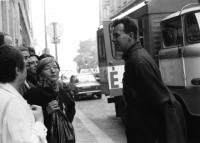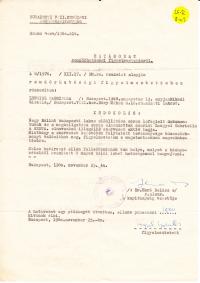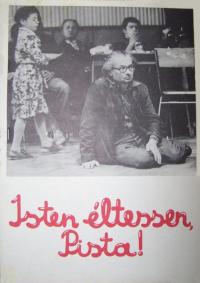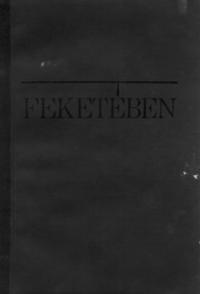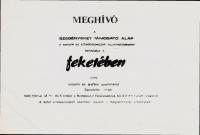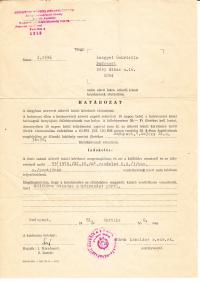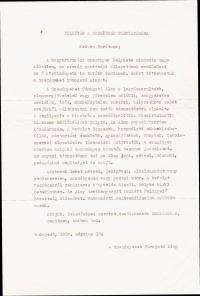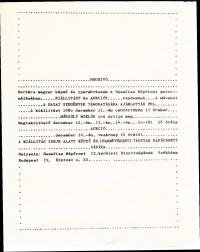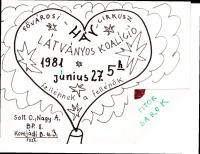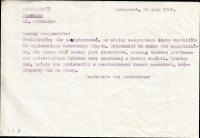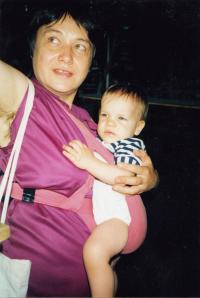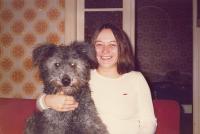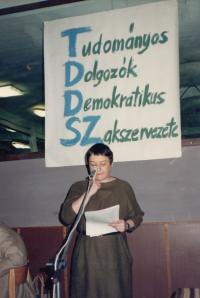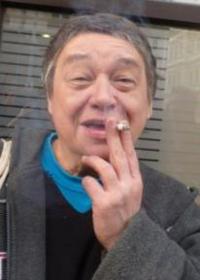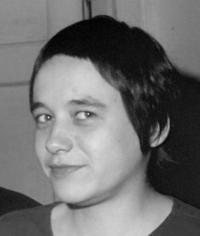You weren’t allowed to mention the poors because there weren’t theoretically any poors in a socialist regime. At most you could speak about low-paid or under-privileged persons.
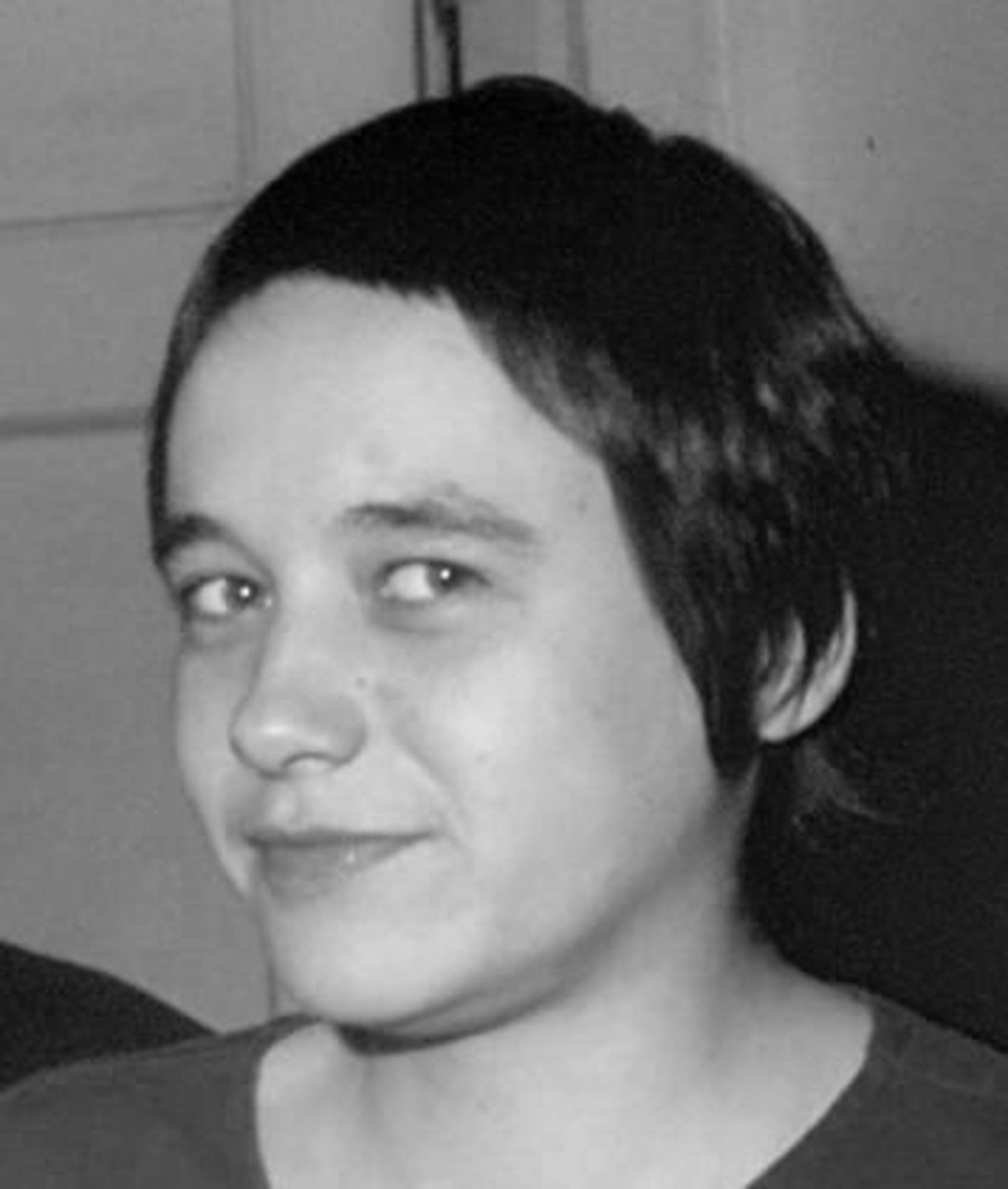
Stáhnout obrázek
Sociologist. She was born in 1948 in Budapest, in Józsefváros where she‘s been living since then. Her parents were workers. She graduated in secondary school in 1966. In 1967 she was admitted to the Theatre and Film Arts College which she stopped to attend and she went to be unqualified instructor in the state orphanage in Hőgyész. She met the sociologist István Kemény in 1971 and she remained his acolyte until his death in 2008. The circle of István Kemény‘s followers was formed just in 1971 in the course of the first national research on gipsies and it met weekly in Kemény‘s flat until he left Hungary in 1977. Here Kemény made lectures in history and in social history for his students criticizing relentlessly the Kádár regime. Due to the experiences of the research made on gipsies Gabriella Lengyel continued her studies at the faculties of history and sociology of Loránd Eötvös University under Kemény‘s influence. Contemporarily she continued to participate in the common research projects of Kemény‘s circle. She took part among others in the field research on small villages focused on Ibafa and its surroundings, then in a project on factory workers which studied the relationship between people and the technology. Later she contributes to the research on young agricultural workers which finished in 1977 after Kemény had left Hungary. Kemény introduced his students not only into the critique of the political regime, but he taught them the modern and his innovative methodology of sociological research. In 1975 Lengyel drew a handcuffs on a street poster made on the occasion of Costitution‘s Day. She got a prosecutorial admonition, her passport was withdrawn, she was suspended in university for one year, and she couldn‘t work under her own name for years. She got university degree in history in 1979, but in sociology she could get it not before 1981. In the second half of the seventies she joined a pedagocical research and she visited poor families, then she made researches in a gipsy community in Nógrád county. Kemény‘s acolytes together with their friends in the democratic underground who had similar interests formed SZETA (Found for the Poors) at the end of 1979. The meetings of this illegal organization were held monthly in Lengyel‘s flat in Józsefváros for years. The first public program of SZETA was an art auction in December 1980. The organizers of it, among them also Lengyel, got a police admonition and were warned to finish their activity hostile to the state. She edited together with Ferenc Kőszeg the anthology Feketében (In Black) which collected silk screen prints and writings donated by contemporary artists, poets and writers. They wanted to secure permanent aid to some poor families from the money collected by selling the albums but the police confiscated most of the volumes. In the summer of 1981 the democratic opposition organized summer holiday in Hungary for the children of the members of the Polish Solidarity. Lengyel was active also on this occasion. As a consequence of it the authorities expelled from Hungary his brother who was of Swiss citizenship and he couldn‘t return to Hungary for years. As a free-lance researcher she continued to work for her friends‘ sociological projects in the eighties, too. She worked together mostly with Gábor Havas, they cooperated for example in the research project on the small villages inhabited by gipsies. It was also Havas who edited in 1985 the samizdat volume Isten éltessen, Pista! (Happy Birthday, Pista!) on the occasion of Kemény‘s 60th birthday. Lengyel wrote a paper on the washing room of the Goldberger factory for it. She was married. Her son Kornél was born in 1984, her daugther Borbála in 1989. In 1988-89 Lengyel organized the Asylum Committee for those Roumanians and Hungarians who fled Romania. She was founding member and functionary of the first independent trade union, the Democratic Trade Union of Researchers. She was secretary of Gábor Havas as MP in the first parliament after the democratic elections. Later she worked together with György Mezei in a research made among homeless people. She‘s taught methodology of sociological research and interviewing techniques since 1993 when she together with Ottília Solt, Gábor Havas and other friends founded the course for social workers at János Wesley College. She gave lectures in different training courses for social collaborators and social workers at ELTE and BMSZKI, too. She is mainly interested in the interconnections of social circumstances and settlement structures. She‘s been making researches with Gábor Havas in the Lyukó valley and in the so-called Numbered Streets of Miskolc for years now.
